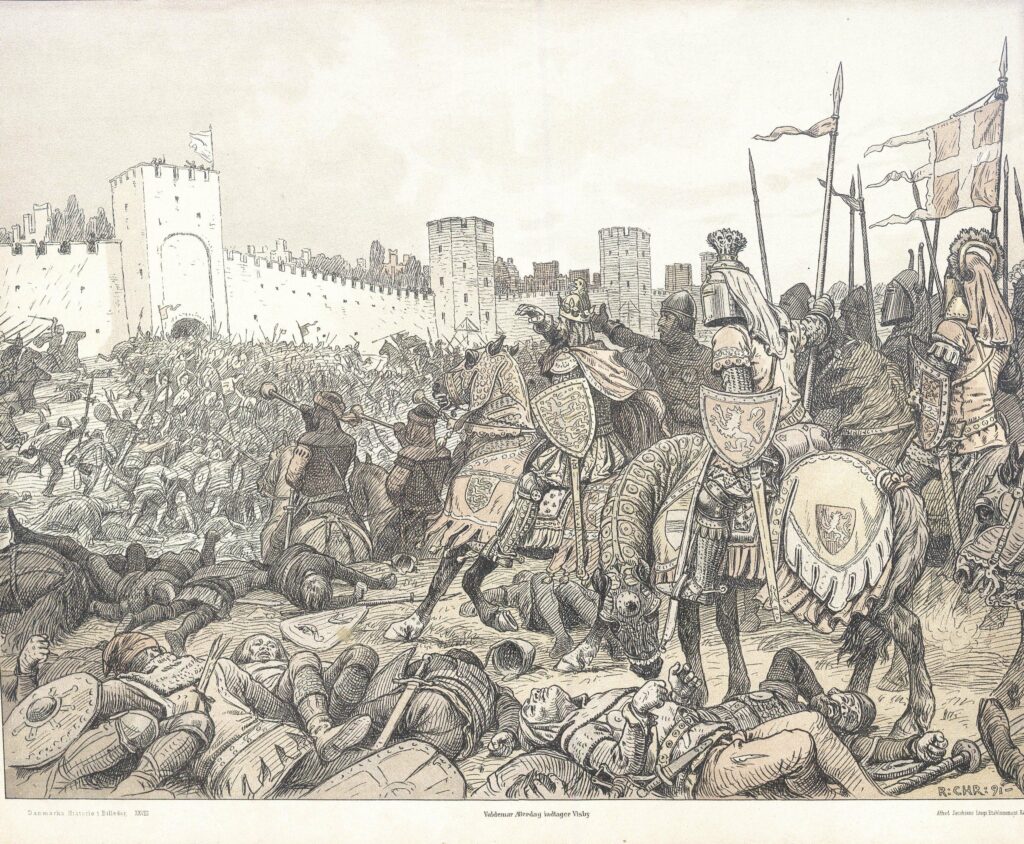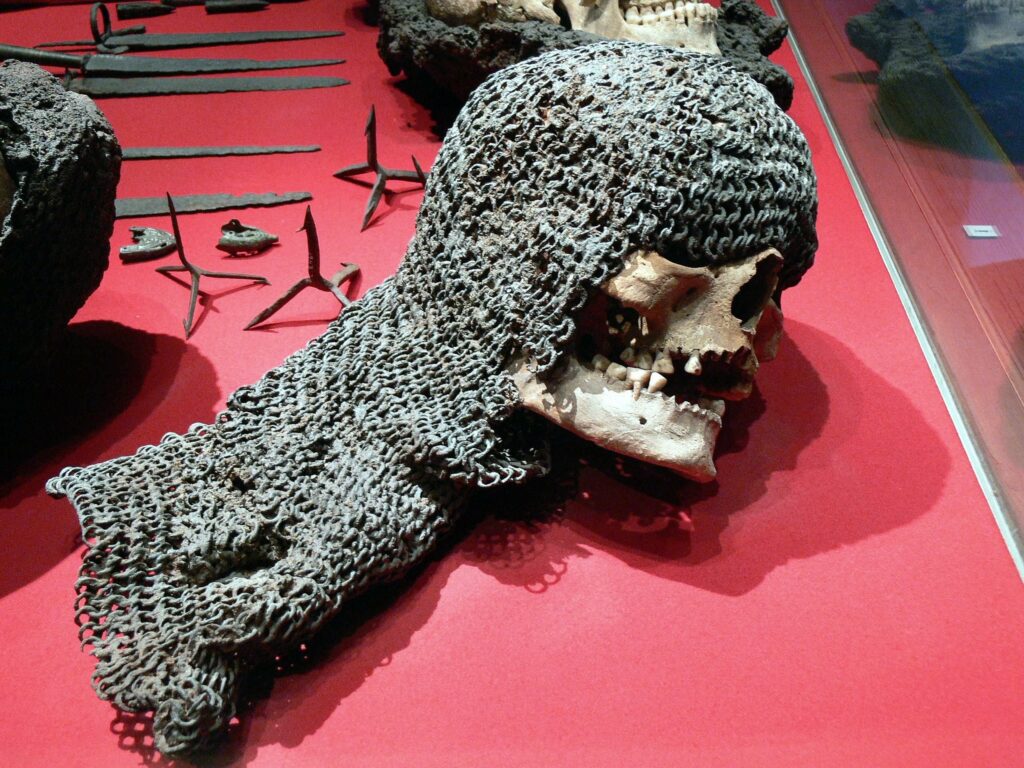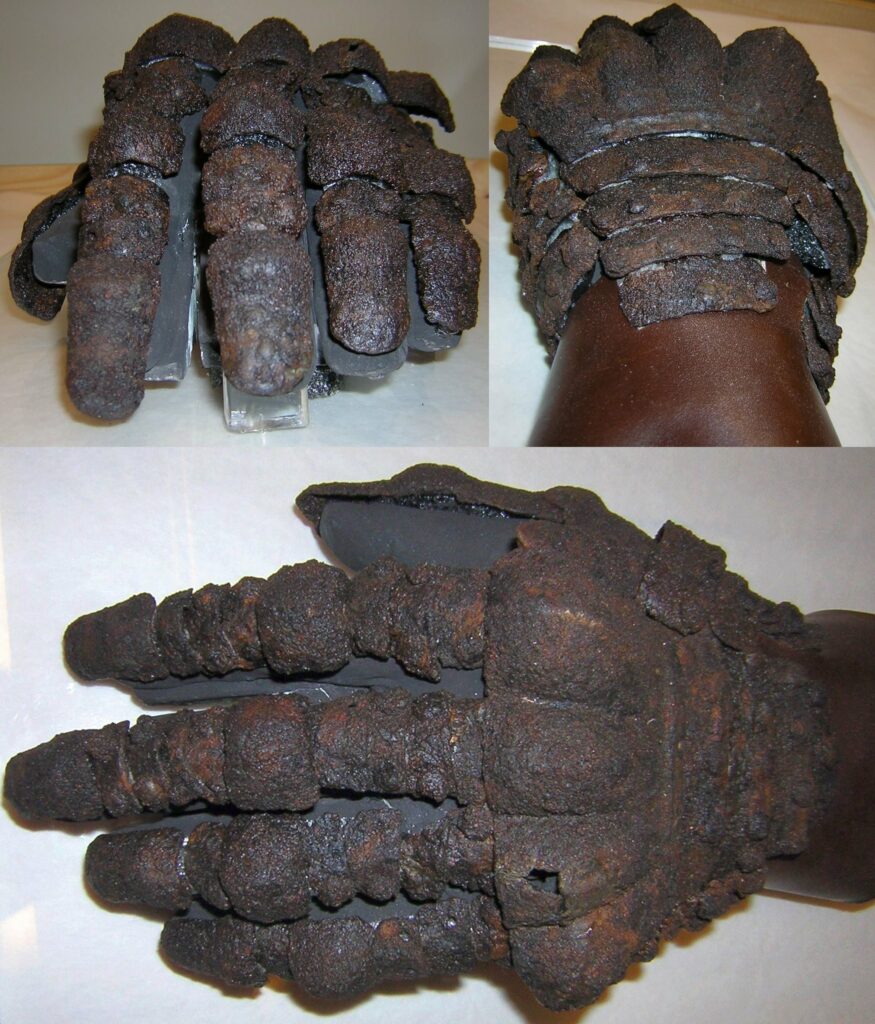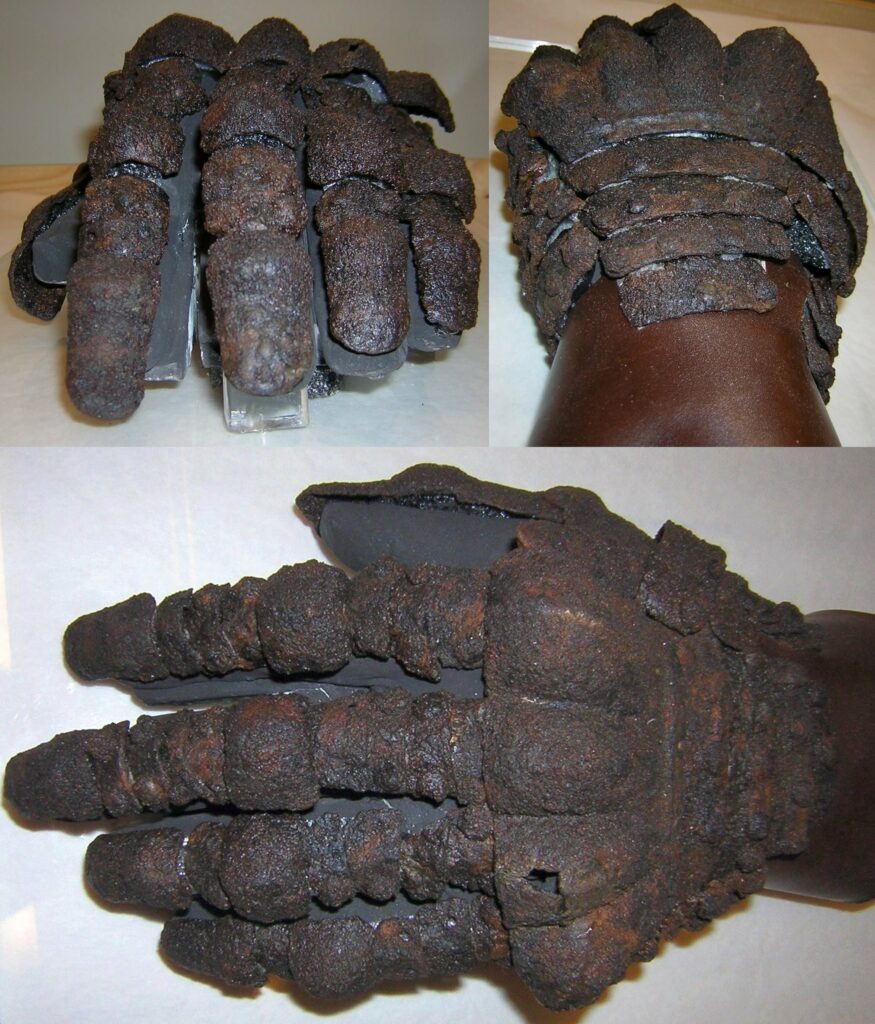In the summer of 1361, the tranquil island of Gotland, nestled in the heart of the Baltic Sea, became the site of one of medieval Scandinavia’s most tragic and defining confrontations — the Battle of Visby. What began as a sudden Danish invasion under King Valdemar Atterdag ended as a massacre that reshaped the island’s destiny and left behind haunting reminders buried beneath its soil.
The Battle That Shattered Peace

At the time, Gotland was an independent and prosperous trading hub, home to the Gutnish people and governed largely by local farmers and merchants. When word spread that Danish forces were advancing toward Visby, the islanders gathered hastily to defend their homeland. Many were farmers with little formal training in warfare, yet they faced the professional Danish army with courage that belied their inexperience.
For days, the defenders held their ground outside the city walls, but the disparity in weapons and tactics proved devastating. Clad in chainmail and steel, Valdemar’s troops advanced with precision, while the Gotlanders — armed mostly with farming tools and rudimentary armor — were quickly overwhelmed. When the fighting ended, thousands of bodies lay strewn across the fields outside Visby’s walls.
The citizens of the town, witnessing the slaughter from within their gates, eventually surrendered without further resistance. Gotland fell under Danish control, its autonomy shattered and its people subdued.
Unearthing a Forgotten Tragedy

Nearly six centuries later, in 1905, archaeologists excavating the fields outside Visby stumbled upon a discovery that would forever link the island to this dark chapter of medieval history. Beneath layers of soil, they uncovered mass graves containing the remains of hundreds of fallen Gutnish warriors — many still wearing their armor.
It was one of the most extraordinary battlefield finds in Europe: helmets crushed by sword blows, mail coifs torn apart, bones marked by blade and arrow. The site offered an unprecedented glimpse into 14th-century warfare and the brutal realities faced by ordinary men thrust into battle.
Among these relics was an artifact that seemed to encapsulate the spirit of the conflict — an iron gauntlet, preserved almost perfectly despite the passage of centuries.
The Iron Gauntlet: A Symbol of Sacrifice

The gauntlet, believed to have belonged to a local defender, is a rare piece of armor from a period when few could afford such protection. The metal bears dents and scratches — silent testimony to the violence of that July day. Archaeologists suggest it may have been struck by a sword or axe during combat, perhaps even shielding its wearer’s final blow.
More than a piece of military equipment, the gauntlet serves as a human connection to the men who stood against impossible odds. Its preservation is nothing short of remarkable — an object forged for battle that outlasted the lives it was meant to protect.
Lessons Etched in Iron

The discovery of the gauntlet, and the graves surrounding it, changed how historians understood the medieval Baltic world. It revealed the extent to which warfare touched every level of society — not just knights and nobles, but also farmers, craftsmen, and traders who took up arms when their homes were threatened.
The mass burial site also forced a reckoning with the human cost of medieval power struggles. For the people of Gotland, the Battle of Visby was more than a military defeat; it was the end of their independence and the beginning of a new chapter under foreign rule.
Remembering the Fallen
Today, the Visby battlefield stands as both archaeological treasure and somber memorial. Visitors to the Gotland Museum can see the iron gauntlet displayed among the recovered armor, a stark reminder of the day ordinary citizens faced the machinery of conquest.
The gauntlet is more than metal — it is memory. It speaks of courage, loss, and the resilience of a people whose story might have vanished had the earth not preserved their final stand.
As historians continue to study the site, one truth endures: even centuries later, the echoes of battle can still be heard in the quiet weight of a single iron hand — a relic that refuses to let the past be forgotten.
Sources:
Gotland Museum – Archaeological Collections
National Geographic – The Battle of Visby: Unearthing a Medieval Mass Grave
BBC History – Medieval Battles That Shaped Northern Europe
Archaeology Magazine – Armor and Identity in 14th-Century Gotland
